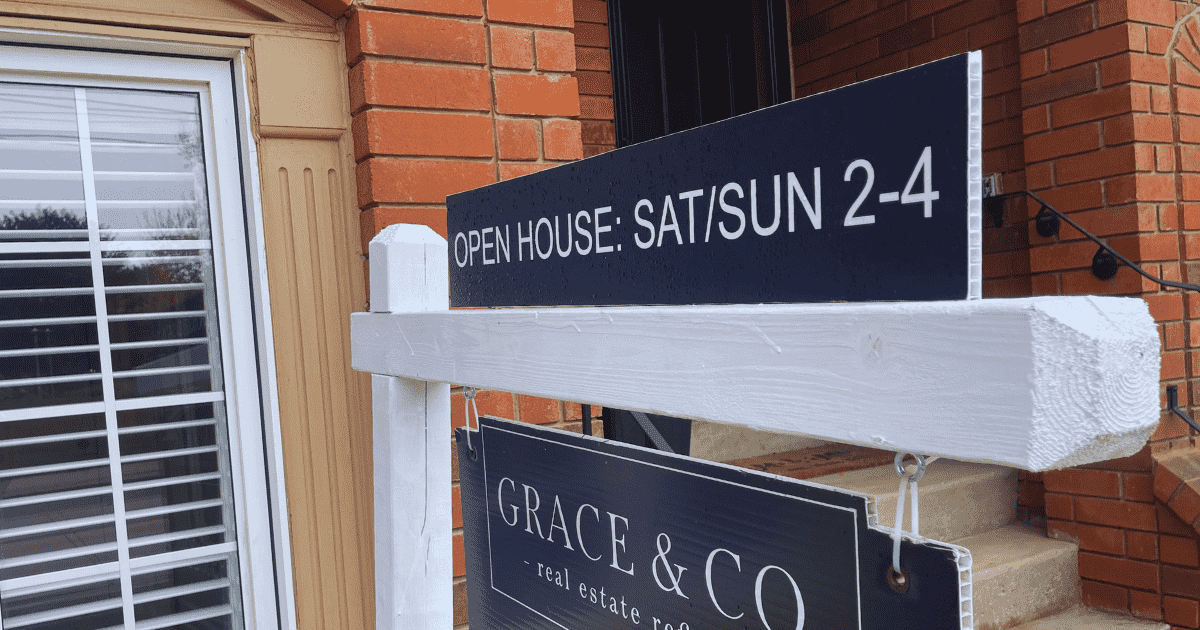Finding the perfect home for a client is challenging enough, but it’s a completely different type of search when they need a house that can be modified to be accessible.
“A modified home is a rare commodity so, most often, agents will be tasked with finding a house that can be renovated to meet an individual’s accessibility needs,” says broker and accessible housing expert Jeffrey Kerr of Re/Max Prime Properties Unique Group in Toronto. When searching for a home suitable for modification, he says, “The learning curve is steep.”
Kerr provides some advice about what to look for to determine if a house is modifiable.
How to tell if a house can be modified
Meet with your clients to understand their requirements and what accessibility means to them. “Ask if they are working with an occupational therapist, a professional who can determine their immediate needs, what they will need in five years and the longer term, 10 years plus,” he says.
Knowing this helps an agent help their client make the right move the first time. Otherwise, they may have to make multiple moves to accommodate changing needs over the years.
“Don’t be shy about asking questions,” says Courtney, whose husband Mike suffered a spinal injury in 2017. When you ask questions, it’s “an opportunity for the client to use their own language, and you can follow suit. An example is that Mike doesn’t like it when someone says ‘You’re in a wheelchair’. Instead, he refers to himself as a ‘wheelchair user’.”
Kerr says, “Look and understand what your client’s mobility needs are and watch to see how the individual moves in their space and how their house suits (or doesn’t suit) their needs.”
He also advises to ask about budget and geography. “Where do they want to live and is it realistic in terms of budget?”
Expect that most of the time you will be speaking to a parent, a family member, an occupational therapist or a case manager — someone other than the end-user because that individual may be in a rehab hospital.
The rehab team is instrumental in helping individuals make connections. “I get a number of calls from individuals, social workers and staff from places such as Lyndhurst Centre (a Toronto rehabilitation hospital),” says Kerr, who is referred by social workers. For aging parents, it will likely be an adult child who takes the lead.
Mike and Courtney’s journey
Mike and Courtney reached out to Kerr after seeing his booth at an accessibility show and reading his book Barrier Free Real Estate: Achieving Freedom At Home.
Years after the injury and after they had spent more than $300,000 on renovations, the couple decided to check out their options rather than tackle another renovation. They wanted more space (they have a seven-year-old child), a second bathroom and to remain in Hamilton, Ontario.
“After the injury, we didn’t want to move. We live across from a park that has paved paths and two playgrounds. It fit our needs at the time,” says Courtney. “We put off renovating the basement but did an addition.”
She says they spent countless hours on research and looked for bungalows with open layouts and good bones. They also wanted two exits and a furnace in a location that would allow for the installation of an elevator.
After six years of living in their modified home, Courtney says they knew what they wanted in their next home. She sent listings to Kerr, who, she says, can look at a listing or a house and tell if it can be modified. Another of Kerr’s assets, she says, is “knowing all the right people (i.e. contractors and elevator installers) to get the job done.”
The couple’s new modifiable home

Kerr says the home Mike and Courtney bought can be further modified to meet Mike’s needs. The house (bought conditional on the sale of their current home) has a wood ramp in the double garage, and a few doors have been widened, but not much else has been done in terms of accessible features.
However, “It is modifiable. It has an open-concept living and dining room and a hallway wide enough for a power chair. The kitchen also works. Mike can reach the dishwasher, sink and stove on the right (stronger) side,” Courtney says.
The lower level has a bathroom but is otherwise unfinished, offering a clean slate for the couple to finish the space to suit their needs. Kerr says they were lucky to find a high basement, which even when finished should be 7.5 feet high.
The couple plans to renovate their new home to include an expanded bathroom with a roll-in shower and a through-the-floor accessibility lift that will connect the main and lower levels.
Multiple levels — a no-go
When looking for a modifiable home, the entrance (how the individual will get in and out) is an important consideration. “Ideally, the entrance will have a ramp or gently rising landscape to the front door,” Kerr says.
Both Kerr and Courtney feel that if there are steps inside the front door, the house is a no-go. Single-level living is best, especially if the primary rooms, bedroom and bathroom are on one level and there is a double garage with direct access to the house. “It’s nice to pull in and transfer under cover to avoid wet wheels.” (If there are a few steps from the garage into the house, a ramp can usually be built to connect the spaces.)
A two-storey house with suitable space for an elevator is another option. An elevator that connects the lower level, main floor, second floor and garage is the ideal scenario.
Consider these other elements
Additional considerations include space to store/park wheelchairs and other mobility equipment. Kerr says some people leave their power wheelchairs outside and use a manual chair inside or have backup chairs, so extra storage space is a must. “In condos, make sure there is enough space to park devices and that the spots are beside an outlet.”
Another point to remember, Kerr says, is that “not everybody needs to move if the right modifications can be made. It’s expensive to move and most people like their neighbourhood and prefer to stay.”
He advises potential clients about what can be done so they can live in their current homes longer. “It could be a matter of renovating the main-floor bathroom or coming up with an entrance solution.”
Although he has developed a good eye for spaces that will accommodate modifications, Kerr says he likes to bring in a modification expert.
“Now that the market has quieted down, extra conditions can be included. I insist that a modification expert look at the home because modifications cost a lot of money. I want to give (clients) the correct advice,” he says. “If I can’t get the modification expert on condition, it pays to have the expert there to view the home early. Explain the situation to the listing realtor. They’re usually understanding and allow extra time for the modification expert.”
Courtney says they insisted on three conditions — approval from a modification expert, conditional upon the sale of their home (they are nervous about the market) and a home inspection.
To encourage the sellers to accept their conditional offer, Courtney and Mike wrote a letter to explain their situation and how serious they were about buying.
Kerr has connected with experts over the years, but for those just starting out, companies that do home modifications or residential elevators are a good source of information. “Ask if they know anyone who specializes in accessible renovations,” he advises. “Professionals at rehab hospitals may be able to provide information about who their clients are working with.”
Kerr does some consulting and charges an hourly rate. Having gone through the process of advising the Real Estate Council of Ontario, they are aware and permitted him to act as a consultant, in addition to buying and selling.
With an older population and people’s desire to age in place, as well as all ages needing accessible homes, the demand for modified homes continues to grow. “As long as the work has been professionally done, there is good value in resale,” Kerr points out.
Courtney recommends Kerr’s book, Barrier Free Real Estate: Achieving Freedom At Home, as a good starting point for agents and clients.
Connie Adair is a contributing writer for REM.













